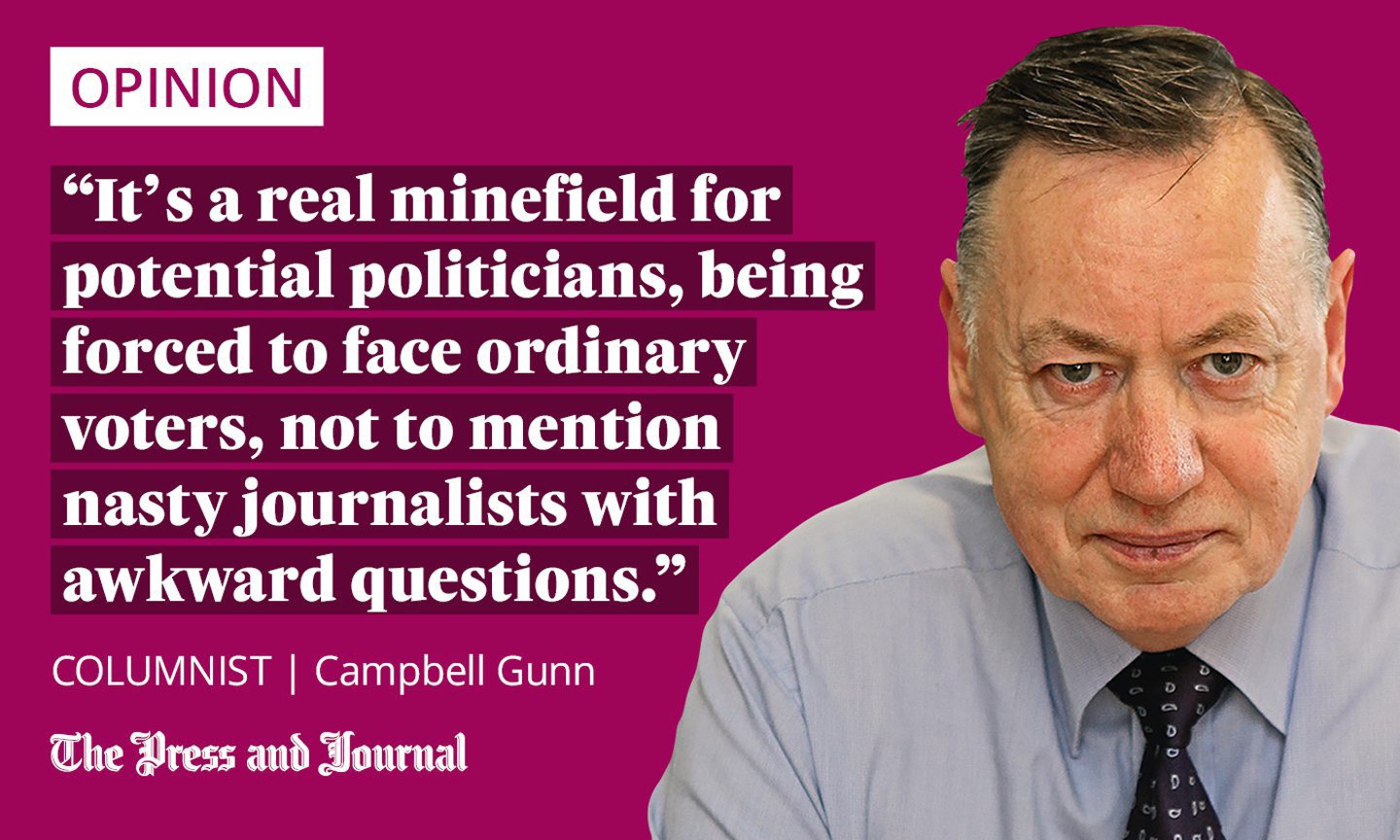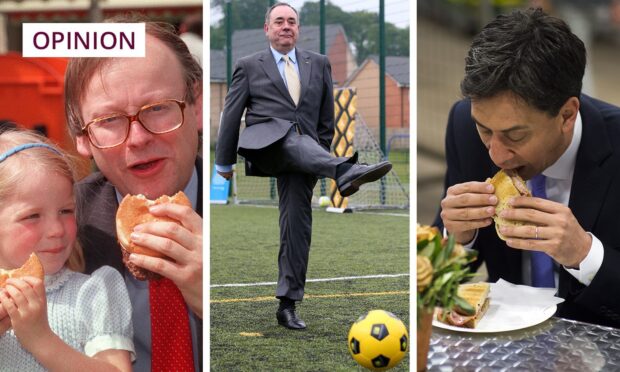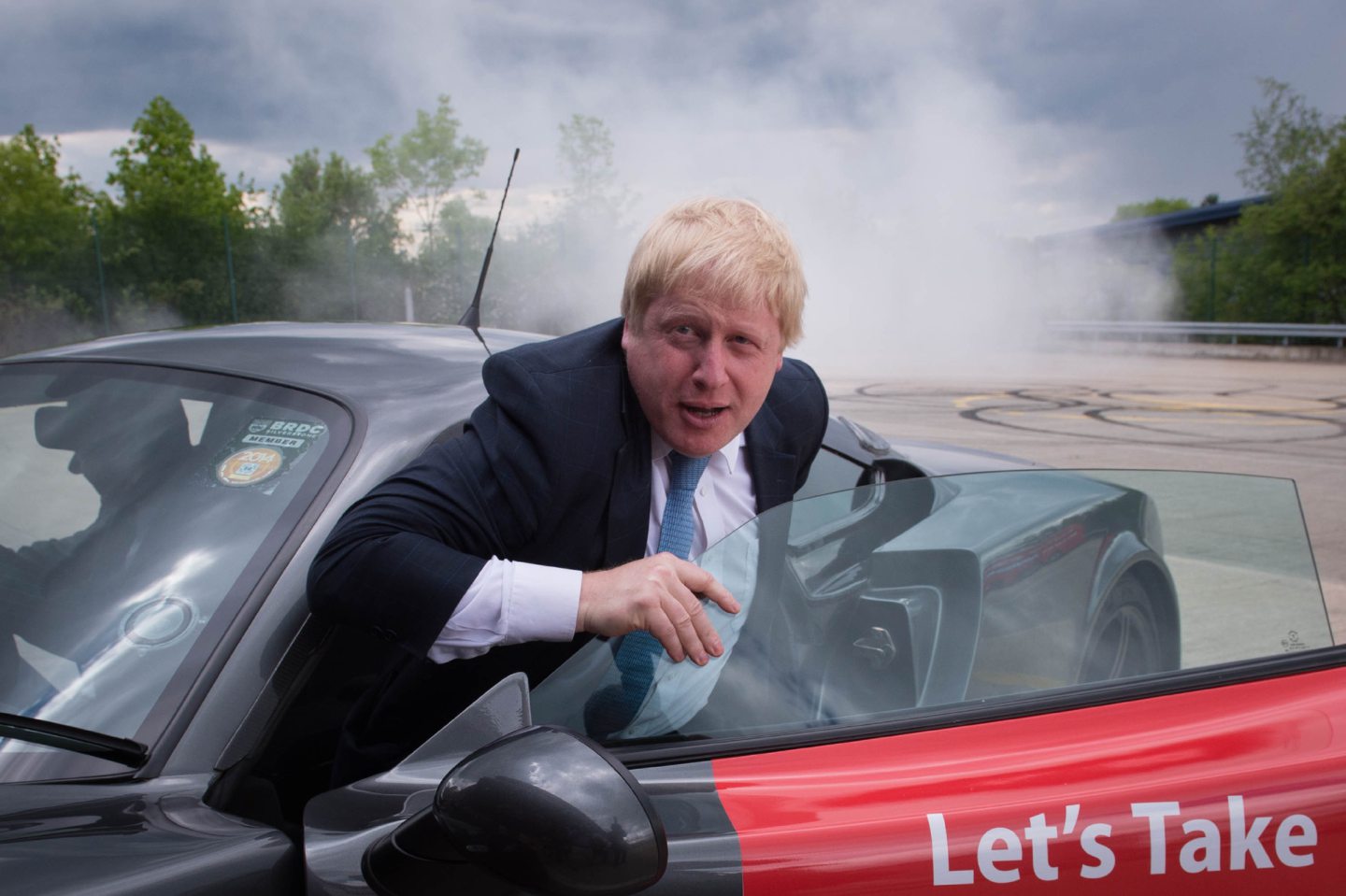The general election campaign is now well underway, and candidates of all parties will be brushing up on pledges their leaders have already made, and looking forward to memorising everything in their party manifestos.
If they have any sense, they’ll also be memorising everyday facts, just in case they’re ambushed by a journalist or broadcaster with a simple question they can’t answer, such as the price of a pint of milk or a loaf of bread.
Knowledge of these, it is believed, makes the potential MP appear an ordinary man or woman who can relate with their constituents. When asked the price of a loaf, David Cameron once foolishly replied that he didn’t know, as he had a breadmaker at home.
All candidates will also be checking the names of well-known soap characters and current pop stars, to show that they’re just like you and me. We’ve already seen a gaffe by Rishi Sunak, on a visit to Wales, trying to appear that he was interested in football, asking someone if they were looking forward to the Euros. He was obviously oblivious to the fact that Wales had failed to qualify for the finals.
The Conservatives started their campaign badly, as their first party broadcast showed the Union Flag flying upside down – generally considered a sign of distress.
I well remember a Labour candidate in a Paisley by-election trying to establish his local credentials, stating that he was a lifelong fan of St Mirren, the local football club. He was left looking foolish when a journalist asked him if he could name the club’s manager, and he was unable to do so.
As an aside, that particular candidate is standing in a seat in the east of Scotland this time around. I hope he’s learned his lesson and has done his homework on Hearts and Hibs. A word of advice to potential politicians: read up on local knowledge.

If broadcasters are around, remember that every word uttered can be heard. During one campaign, Gordon Brown called an elderly woman he’d met “a bigot”. His words were picked up by a microphone and broadcast to the entire nation that evening.
Do your homework. Margaret Thatcher announced on a foreign visit that it was “great to be back in Malaya” when, in fact, she was in Indonesia. In 1995, Chancellor Kenneth Clarke said Consett in County Durham had one of the best steelworks in the world. In fact, it had closed 15 years previously.
But it isn’t just things which are said which can make a politician look foolish.
Always bear the (many) cameras in mind
As a special adviser, I was “minding” Alex Salmond when, as first minister, he attended the opening of football pitches in Rutherglen, and I was at pains to ensure he wasn’t caught on camera doing anything daft. Back at the office, I assured everyone that things had gone smoothly, with no hitches.
The next morning, all the papers carried images of him simply kicking a ball. However, the photos caught him in a pose which made him appear like John Cleese goose-stepping in his Ministry of Silly Walks sketch. I wasn’t the most popular person on the team that day.
Another good tip: don’t be photographed eating. Remember Ed Miliband and the bacon sandwich? His brother David and the banana? Or John Gummer forcing his daughter to eat a burger at a photocall to prove that beef was safe?
Don’t stand in front of a sign which can be cropped to show a rude or embarrassing word. For example, it’s all too easy for a photographer to snap a Tory candidate in front of a Conservative banner from an angle which shows the word “Con” behind their head.
Also, don’t run away from confrontation. In 2019, Boris Johnson tried to hide in a fridge to avoid an interviewer, and Scottish Labour leader Iain Gray was once chased into a sandwich shop by a protester he was trying to avoid.
It’s a real minefield for potential politicians out there on the stump, being forced to face ordinary voters, not to mention nasty journalists with awkward questions. But do we feel sorry for them? Not really.
Campbell Gunn is a retired political editor who served as special adviser to two first ministers of Scotland, and a Munro compleatist


Conversation